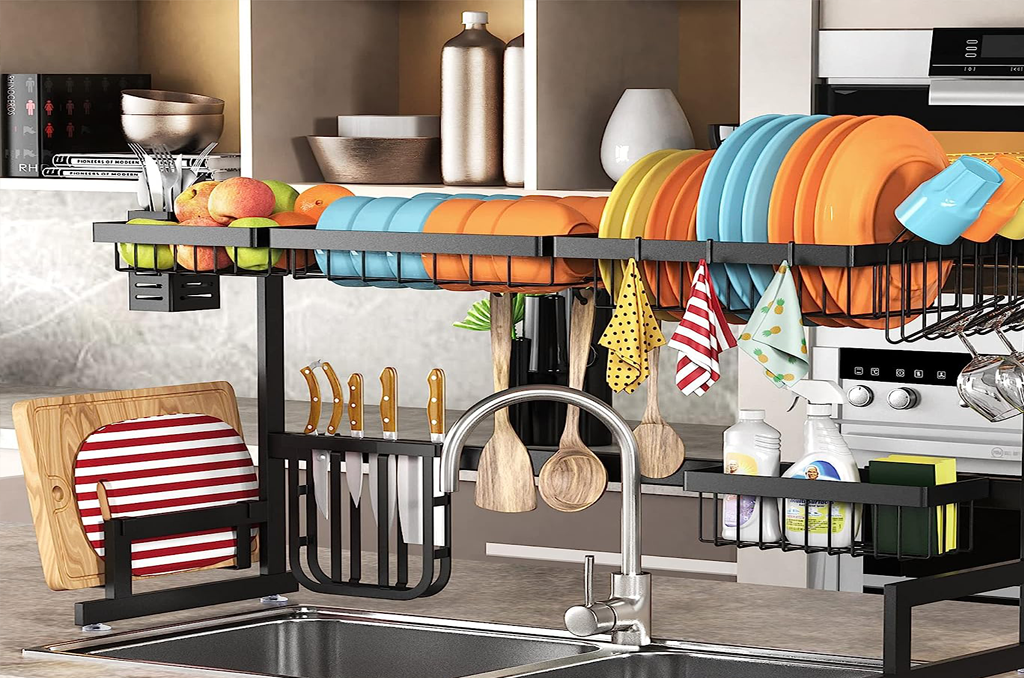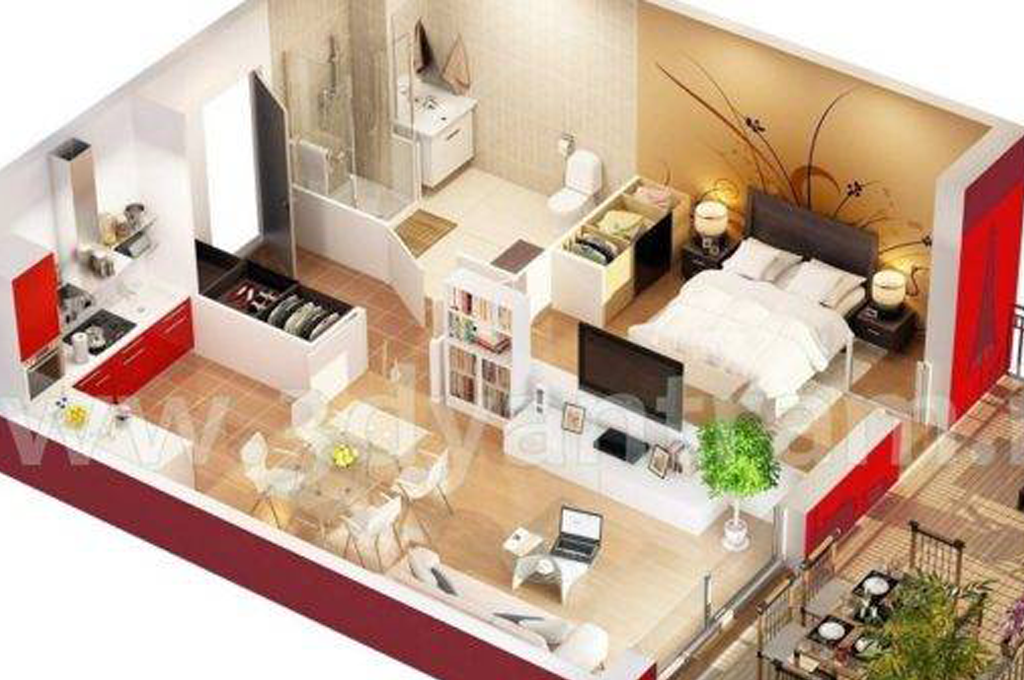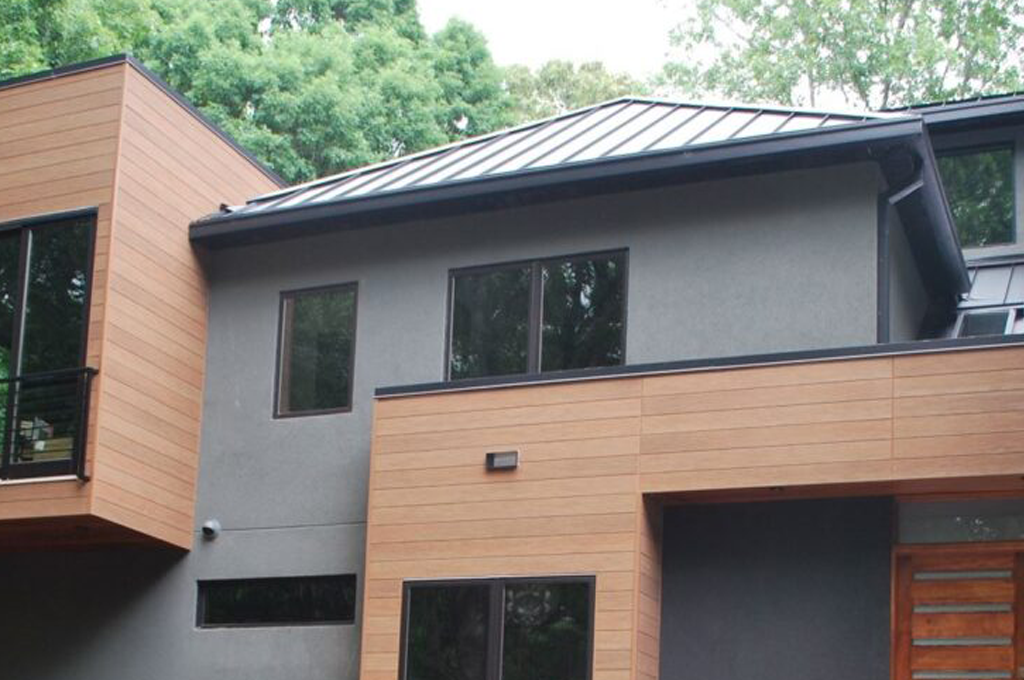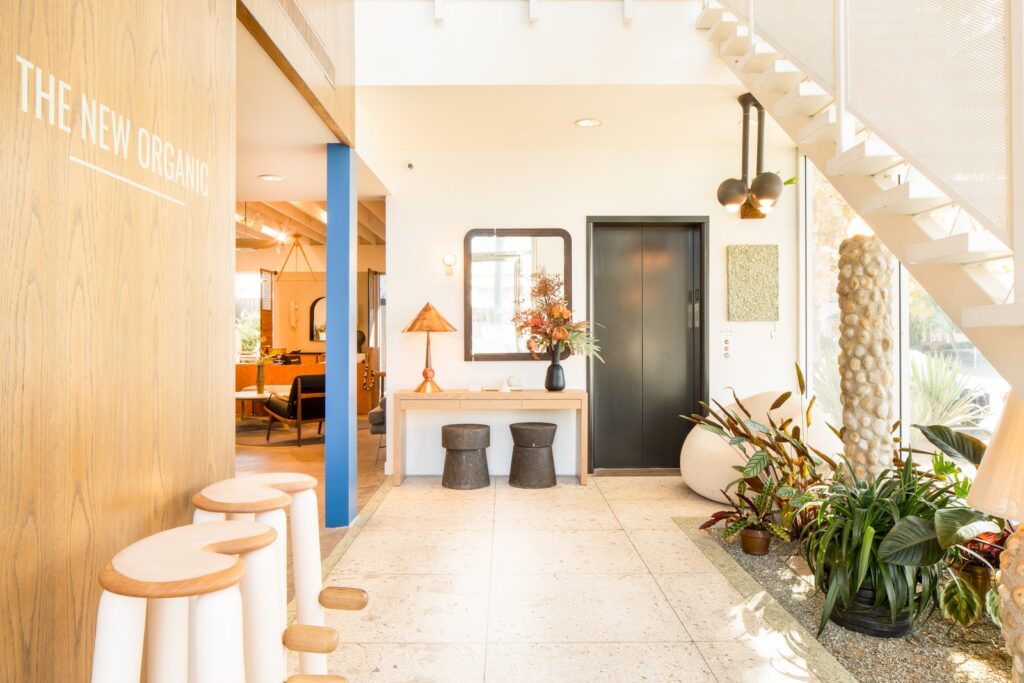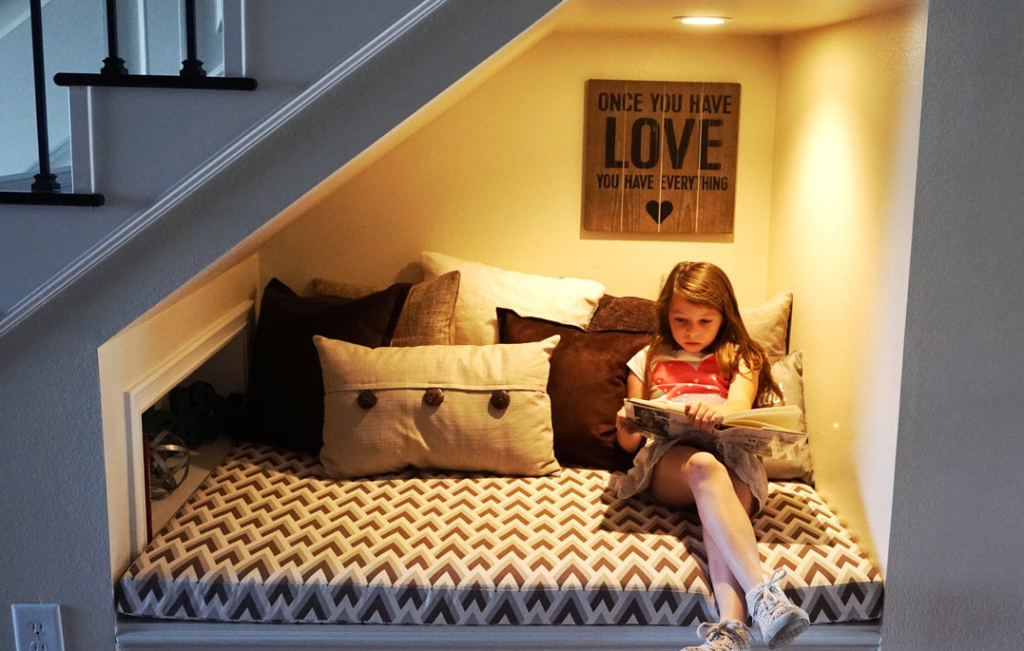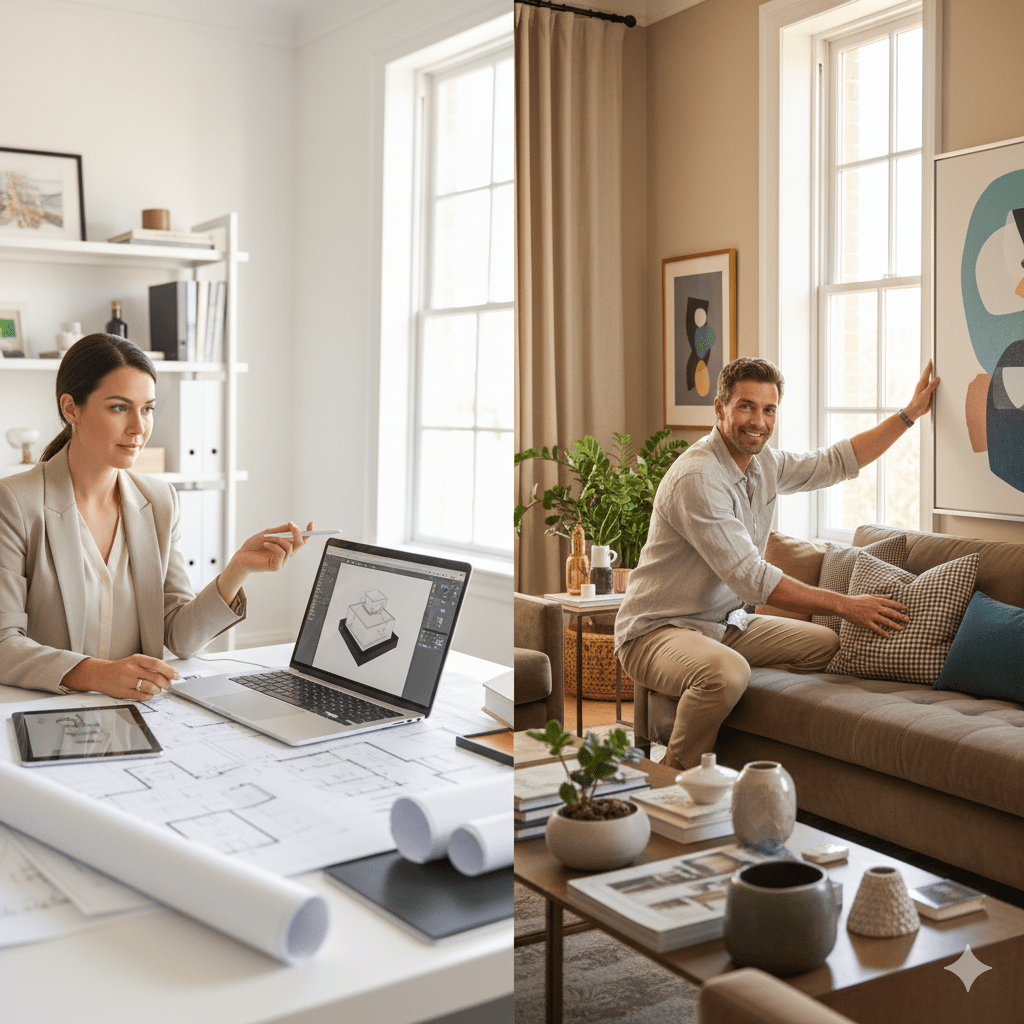
Interior Designer vs Interior Decorator: What’s the Difference?
If you’ve ever tried to give your home a fresh new look, you’ve probably come across two titles that seem to mean the same thing — interior designer and interior decorator. Most people use them interchangeably, but here’s the truth: while they both work to make spaces beautiful, their roles, skills, and approaches are quite different. According to HouseplanNG’s home design guides, understanding professional roles before starting a home project can help you make more informed choices.
 Understanding this difference is important, especially if you’re planning to hire a professional for your home or office project. Choosing the right one can save you time, money, and frustration — and ensure your space turns out exactly how you imagine it.
Understanding this difference is important, especially if you’re planning to hire a professional for your home or office project. Choosing the right one can save you time, money, and frustration — and ensure your space turns out exactly how you imagine it.
So, let’s break it down in a simple, clear, and human way. What exactly sets an interior designer apart from an interior decorator? Let’s dive in.
1. Who Is an Interior Designer?
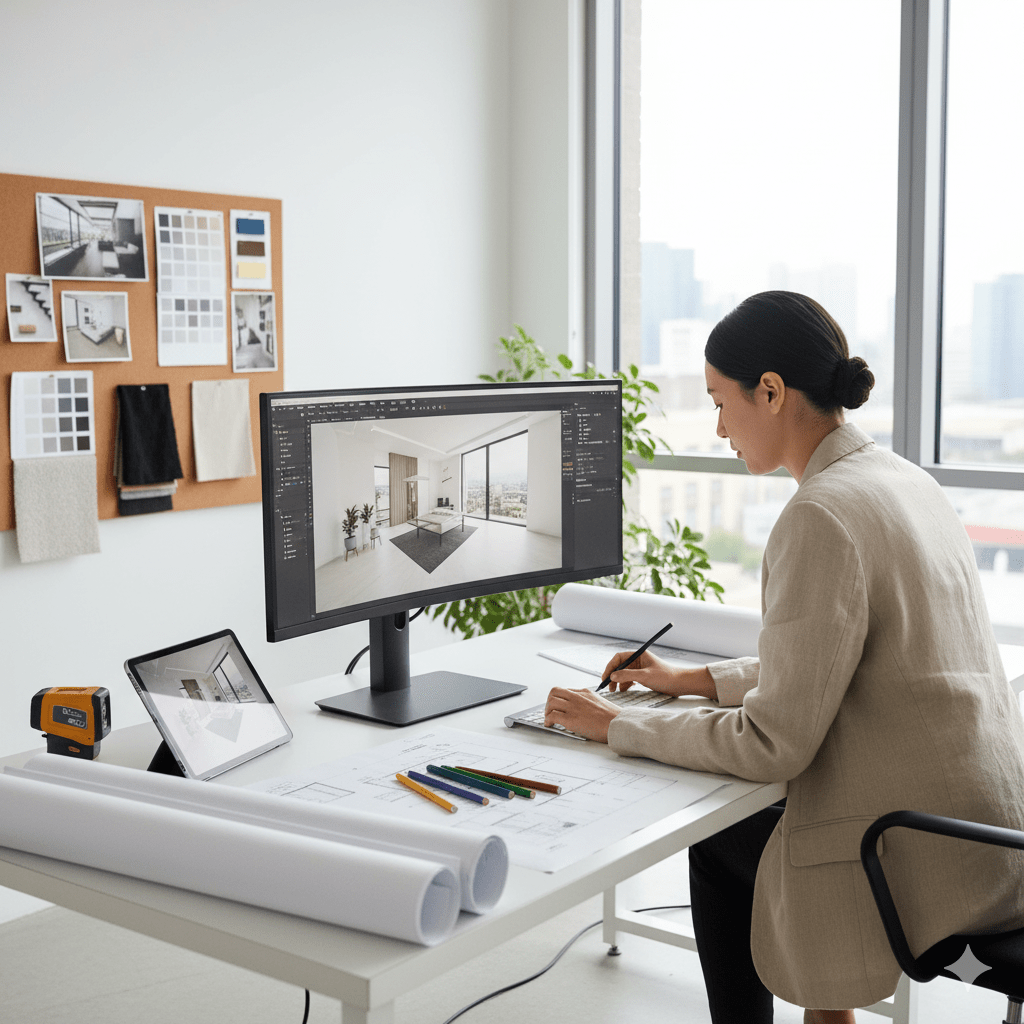 An interior designer is like the architect of your indoor space. They don’t just think about what looks good — they think about how a space works. Designers combine creativity with technical knowledge to make rooms not only beautiful but functional, safe, and efficient.
An interior designer is like the architect of your indoor space. They don’t just think about what looks good — they think about how a space works. Designers combine creativity with technical knowledge to make rooms not only beautiful but functional, safe, and efficient.
Interior designers often get involved right from the beginning of a project — sometimes even before construction starts. For instance, designers often consider structural elements like walls, electrical layouts, and safety factors such as Damp Proof Courses (DPCs), which are essential in preventing moisture issues and ensuring long-term durability. They read blueprints, understand building codes, lighting design, ventilation, and space planning. For example, if you’re building a new home or remodeling a kitchen, a designer will make sure the layout makes sense, the wiring and plumbing are properly placed, and every detail meets safety and structural standards.
They usually have formal training and may hold a degree or certification in interior design. Many are also registered or licensed, depending on where they practice. This background allows them to communicate effectively with architects, contractors, and electricians. In short, a designer shapes the structure and flow of a space before anyone starts picking out furniture or paint colors.
If you’re curious about how to work smoothly with one, check out our related post, Mistakes to Avoid When Working with an Interior Designer — it’s a practical guide that helps homeowners avoid common pitfalls during design projects.
2. Who Is an Interior Decorator?
Now, an interior decorator steps in after the heavy work is done — when the walls are up and the structure is complete. Their job is to make the space visually appealing through style, color, and texture.
Decorators don’t move walls or design layouts; instead, they focus on the finishing touches. Think of them as the artists who bring a space to life with their creativity. They help you choose furniture, rugs, curtains, paint colors, art pieces, lighting, and other decorative elements that express your personality and taste.
Unlike designers, decorators don’t usually need formal education or technical training. Their expertise lies in aesthetics — how to balance colors, how to mix patterns, and how to achieve a certain mood or theme in a room. Whether you want your living room to feel cozy and rustic or sleek and modern, a decorator knows how to make it happen.
In short, decorators make your space look amazing, while designers make it work beautifully.
3. The Main Differences Between a Designer and a Decorator
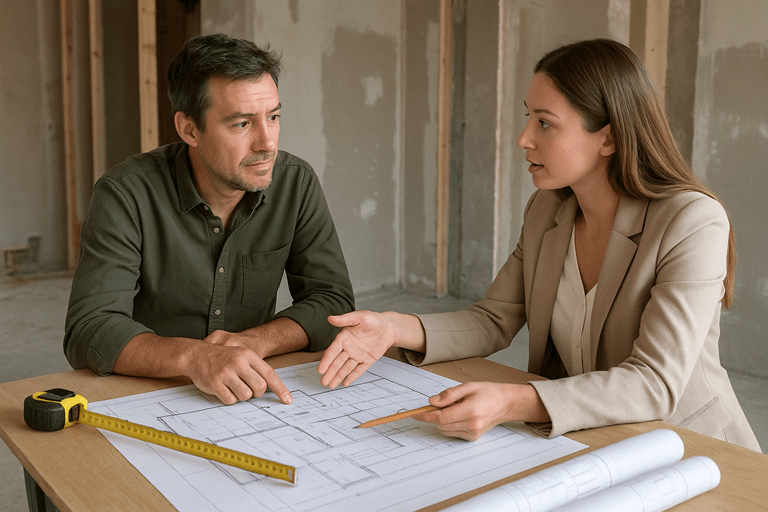 At first glance, it’s easy to confuse the two because their work overlaps in some ways. Both make spaces beautiful and aim to enhance how people experience a room. But their processes, responsibilities, and training are quite distinct.
At first glance, it’s easy to confuse the two because their work overlaps in some ways. Both make spaces beautiful and aim to enhance how people experience a room. But their processes, responsibilities, and training are quite distinct.
The biggest difference lies in what stage they come in and how deep their work goes. Interior designers work on the bones and functionality of a space. They might help with floor plans, lighting layouts, and even material selections for construction. Decorators, on the other hand, focus on the outer layer — the look, style, and feel once the space is ready.
Here’s a simple way to think about it:
Designers create the blueprint of your space.
Decorators dress it up.
Another difference is in collaboration. Designers often work closely with builders, architects, and engineers, while decorators usually collaborate directly with homeowners or interior design firms to refine the visual appeal. Designers consider safety, space efficiency, and structure; decorators consider aesthetics, trends, and harmony.
Both are important — they just have different strengths, and together, they create a perfect balance between form and function.
4. When to Hire an Interior Designer
If you’re doing a major renovation or new construction, an interior designer should be your go-to professional. They can help you make smart decisions early on that will save you time and money later.
For example, if you’re remodeling your kitchen, a designer will not only pick out cabinets and tiles but also ensure the workflow between your sink, stove, and refrigerator makes sense. They’ll consider lighting, ventilation, and how the space functions for your daily life.
Designers are also helpful when you’re dealing with tricky spaces — like small apartments or awkward floor plans. They know how to maximize space and improve functionality without sacrificing style. They can even help you source materials and coordinate with contractors to ensure everything aligns with your vision. If you’re seeking inspiration for how professionals apply these ideas in real projects, check out Ebhosworks’ guide to 2024 bathroom remodeling trends.
Simply put, hire a designer when your project involves changing the structure, layout, or major systems of a space. They’ll make sure your home doesn’t just look beautiful — it works beautifully too.
5. When to Hire an Interior Decorator
If your walls are already up and you just want to give your space a new look, then you probably need an interior decorator.
Decorators are perfect for projects that focus on style rather than structure. Maybe you just moved into a new apartment and want it to feel more “you.” Or you’re tired of your current living room setup and want to update it without tearing anything down.
A decorator can help you choose color palettes, furniture, lighting, and accessories that match your taste and budget. They often have a great eye for detail and can transform even the simplest space into something warm and inviting. They’ll also help you avoid costly design mistakes — like choosing paint colors that clash or furniture that doesn’t fit your space properly.
If you’re new to working with interior experts, you can also explore our Mistakes to Avoid When Working with an Interior Designer post — many of those tips apply to decorators too.
Hire a decorator when your goal is to refresh, restyle, or reimagine your space. They make your home look polished and cohesive, without needing to deal with construction or permits.
6. Can You Hire Both? Absolutely!
In many cases, the best results come when designers and decorators work together. Think of it as teamwork between the technical and the artistic sides of interior transformation.
Let’s say you’re building your dream home. A designer might handle the structural layout — like deciding where to put windows, walls, and lighting fixtures — while a decorator steps in later to choose the furniture, curtains, and accessories that bring it all to life.
Even in smaller projects, the two can complement each other. Maybe you’ve hired a designer to remodel your kitchen and improve its layout. Once that’s done, a decorator can step in to pick finishes, stools, and lighting that give the space character and warmth.
By combining their skills, you get the best of both worlds — function and flair. So, if your budget allows, working with both can be a smart investment that guarantees a complete and cohesive transformation.
7. How to Choose the Right Professional for Your Project
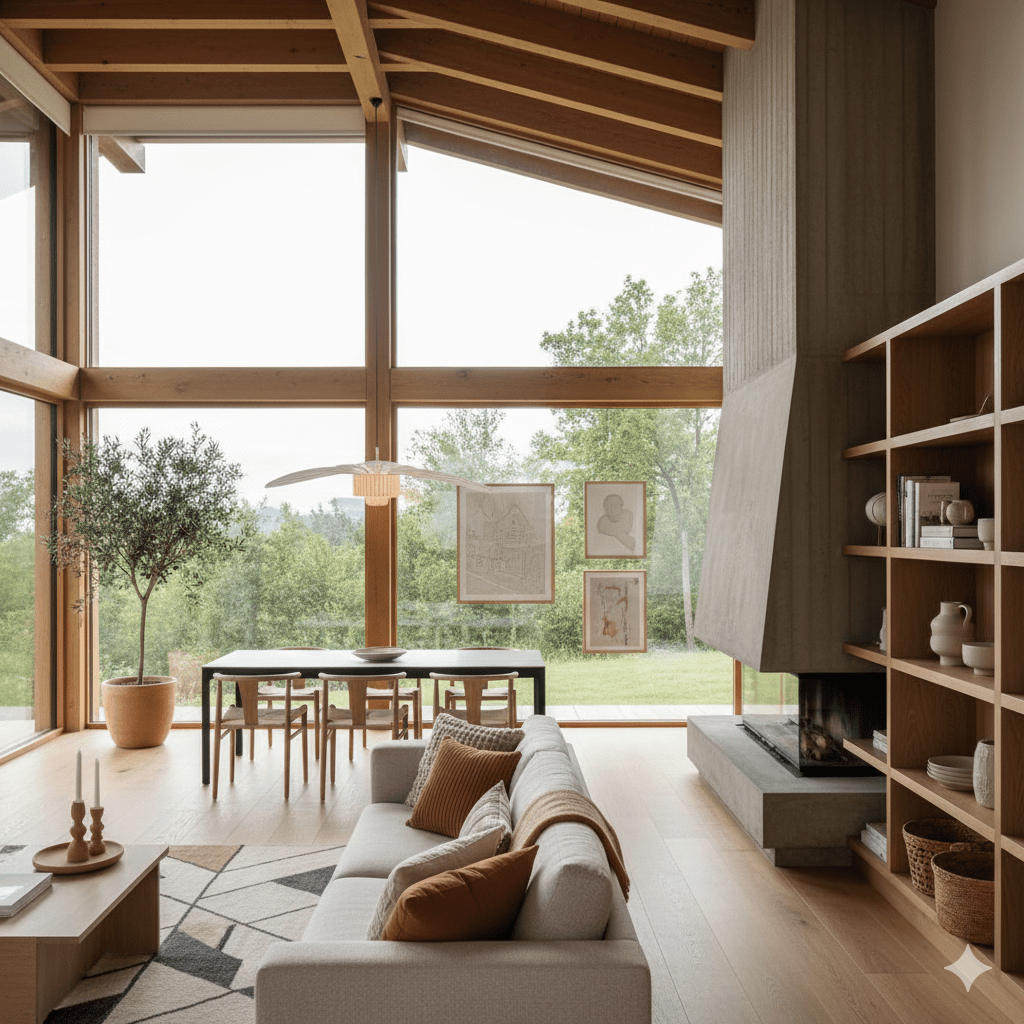 When deciding whether to hire a designer or a decorator, think about your project goals first. Are you changing how your space functions, or just how it looks? That’s the simplest question to guide your choice.
When deciding whether to hire a designer or a decorator, think about your project goals first. Are you changing how your space functions, or just how it looks? That’s the simplest question to guide your choice.
If you’re knocking down walls, changing floor plans, or redoing lighting and plumbing, a designer is your best bet. They’ll ensure everything is up to code and optimized for daily use. But if you’re mainly focused on style — picking furniture, art, and décor — then a decorator will give you the creative direction you need.
It’s also important to check their portfolios. Look at their previous projects to see if their style matches your vision. Don’t be afraid to ask about their process, timeline, and pricing. A good professional will listen to your needs, respect your budget, and communicate clearly from start to finish. Most designers and decorators now showcase their work online. As Webiliti explains in their guide to mobile-friendly website design, having a well-structured and responsive site helps professionals present their style clearly and attract the right clients.
You can also read our post on Mistakes to Avoid When Working with an Interior Designer for extra guidance before hiring anyone. It gives useful insights into communication, budgeting, and expectation-setting that apply to both designers and decorators.
Ultimately, the right choice depends on what you want to achieve. Sometimes, you may start with one and later bring in the other to complete the vision.
8. Final Thoughts
At first glance, interior designer and interior decorator might sound like two different names for the same job. But as you’ve seen, they bring different skills to the table. Designers focus on the structure and function of a space, while decorators specialize in its aesthetics and atmosphere.
Both play vital roles in shaping spaces we love to live in. Whether you’re planning a full renovation or simply want to give your living room a facelift, understanding who to call will make your project smoother and more successful.
So, before you start browsing Pinterest boards or buying paint samples, take a step back and ask yourself — do I need a designer to plan my space or a decorator to style it? Once you have that answer, you’ll be on the right path to creating a home that’s not just beautiful, but perfectly you.
If you’d like to explore more home décor and design guides, visit our Home Decor articles on LernClicks for inspiration, tips, and practical advice for every stage of your interior journey. And if you’re a designer or blogger looking to share your ideas online, you can learn how to write and optimize your posts effectively with Webiliti’s SEO content writing guide.







